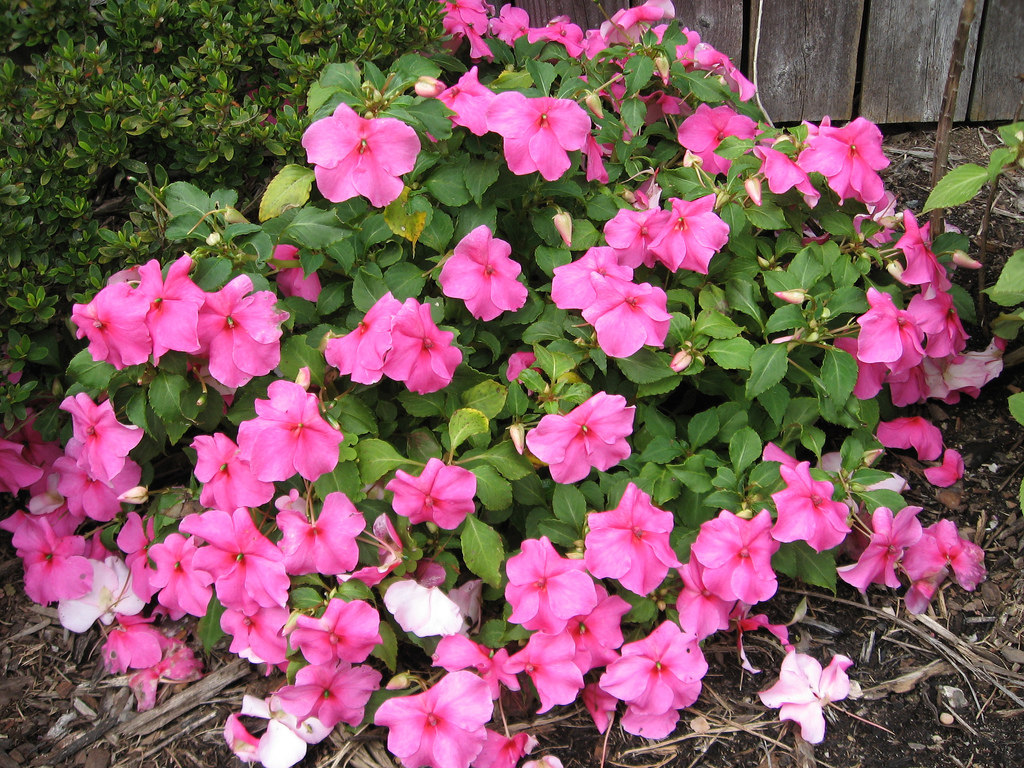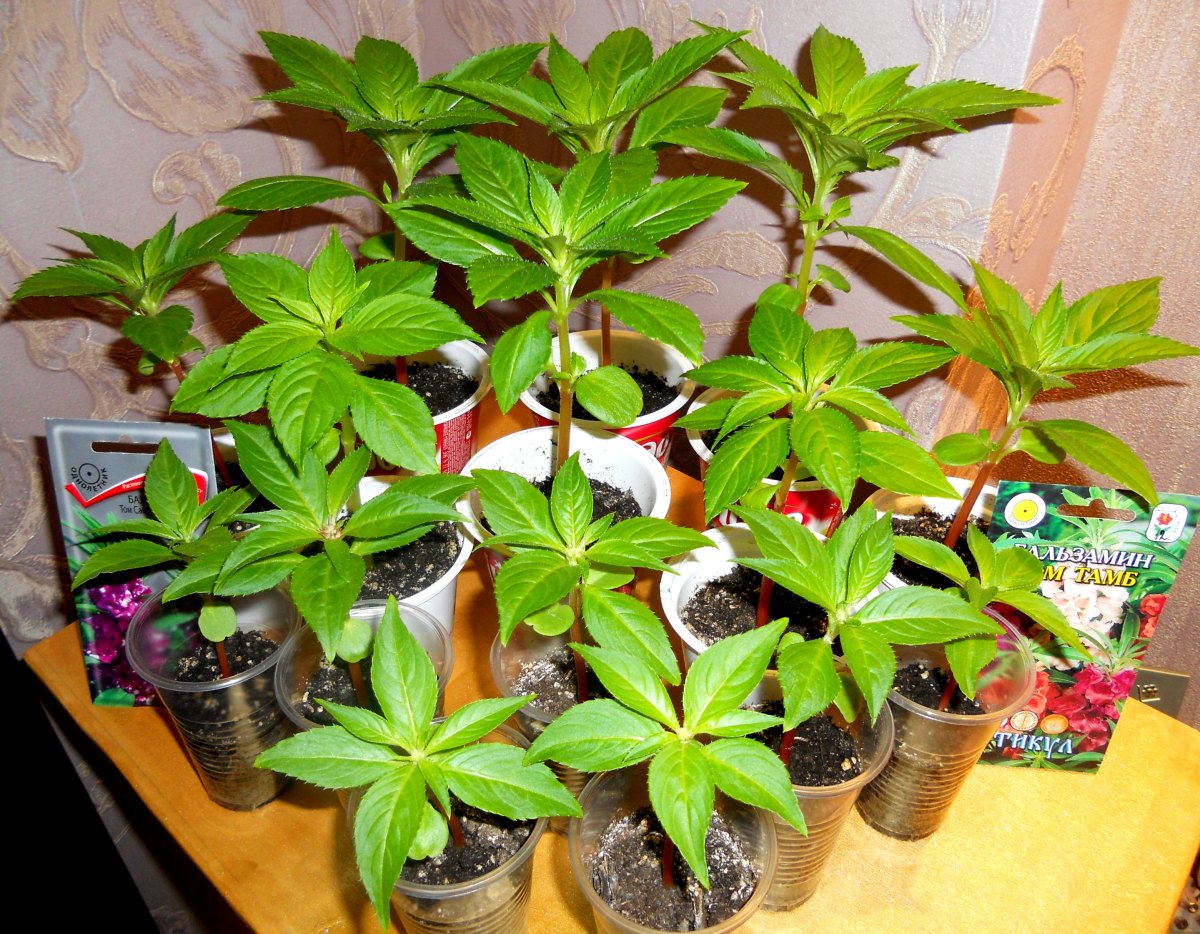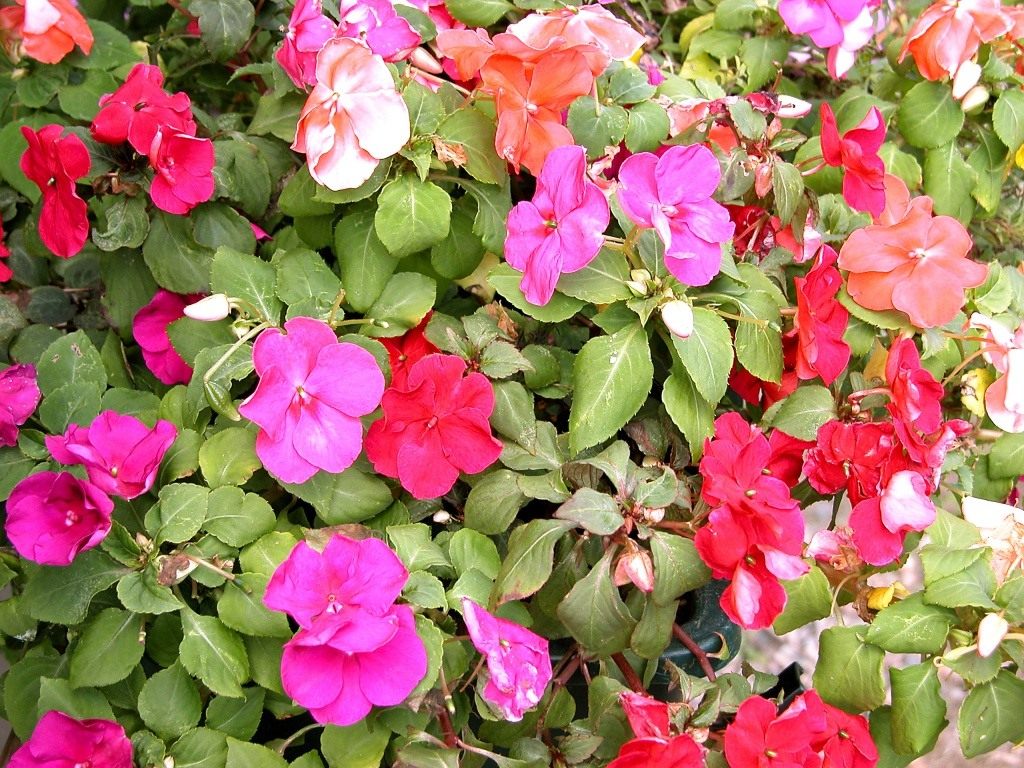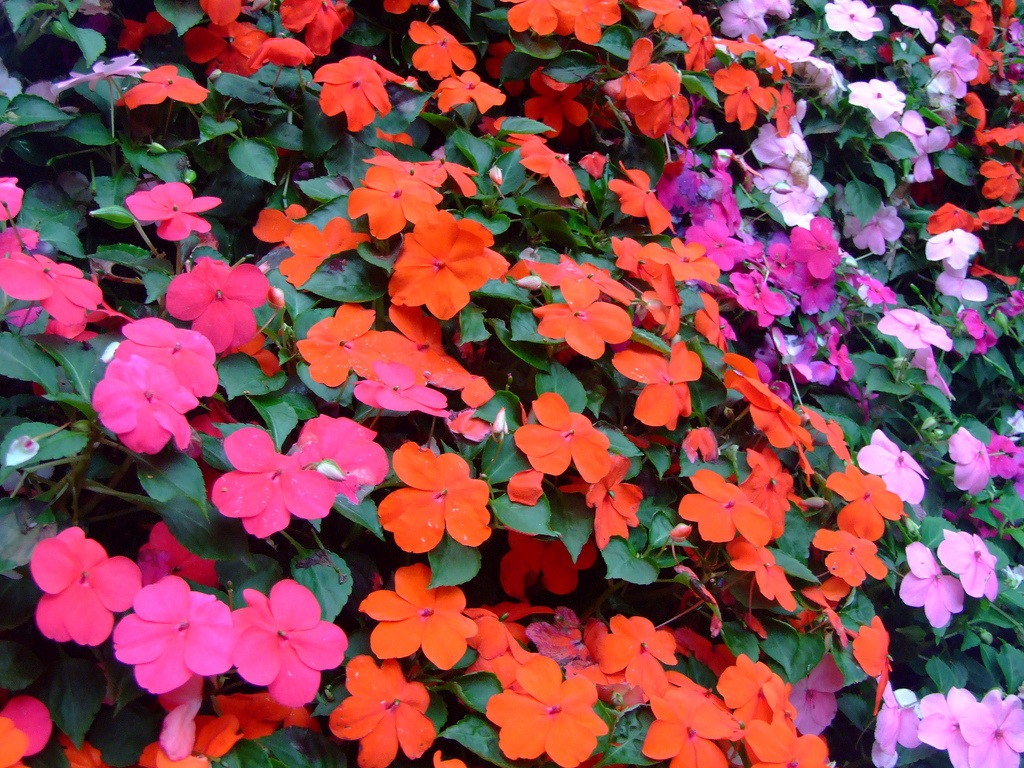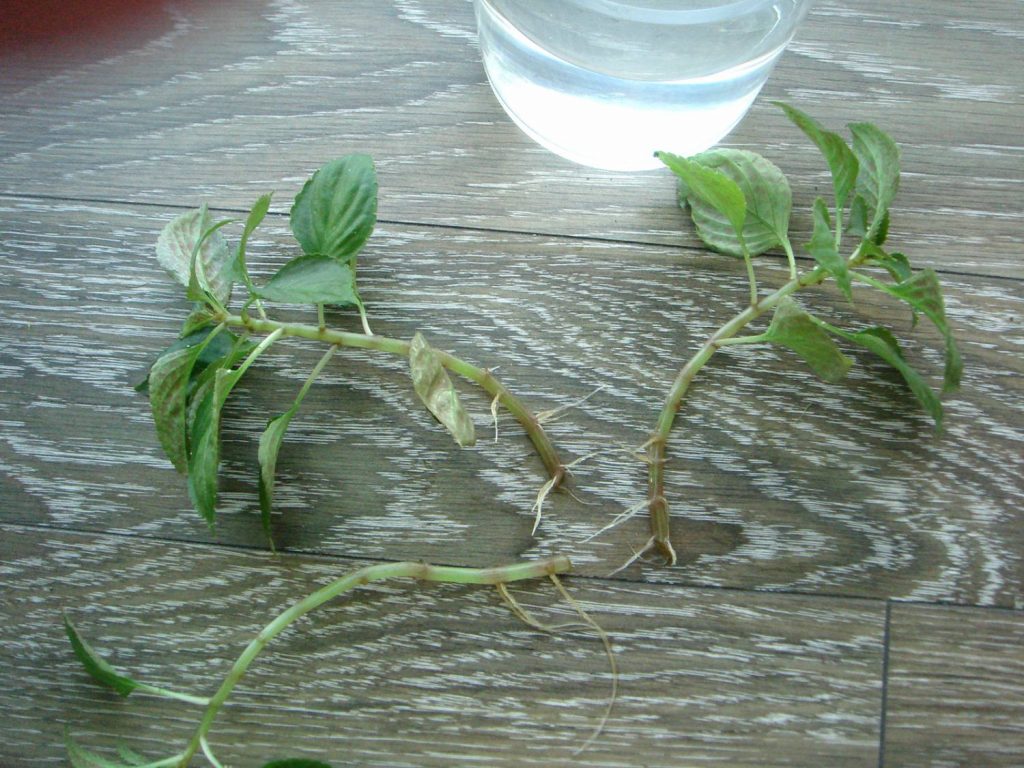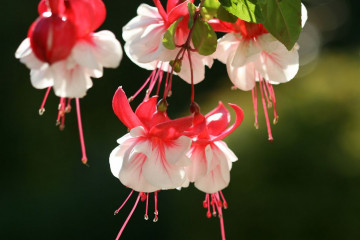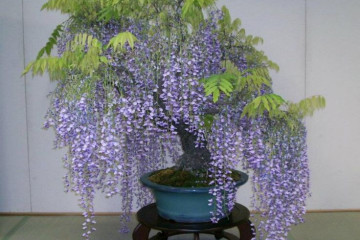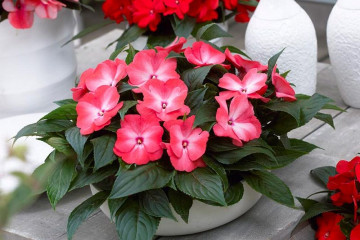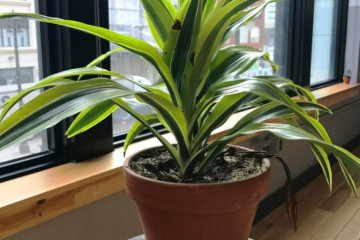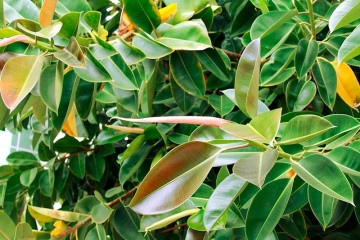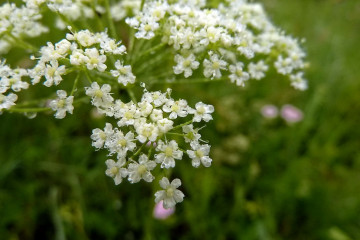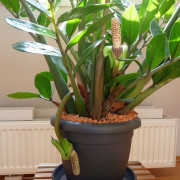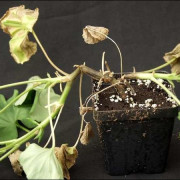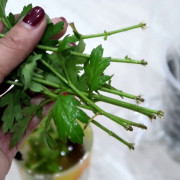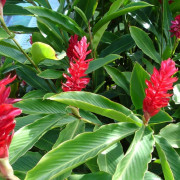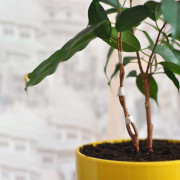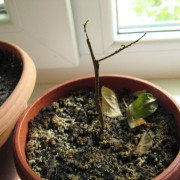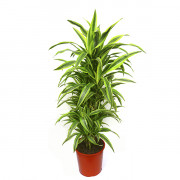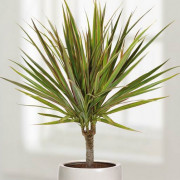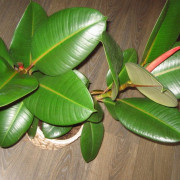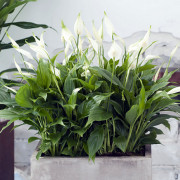Waller's balsam - growing and care
Content:
Waller's balsam is a very popular and easy to grow flower. It is usually treated like a seasonal plant, that is, thrown away when it begins to wilt. But in temperate or warm climates, it can live for several years.
Balzamin Valera or Waller (Impatiens Walleriana)
Waller's balsam is a herbaceous perennial plant called Impatiens Walleriana in Latin. The flower is also known by the names "lights" and "touchy". His homeland is East Africa (from Kenya to Mozambique). The genus includes many species of flowering plants that are widespread in the Northern Hemisphere and the tropics. Together with the genus Hydrocera, Impatiens form the Balsamic family.
Annual species produce flowers from early summer until the first frost. Perennials found in milder climates can bloom all year round. There are varieties of different colors and shades. Balsam is grown both outdoors and indoors.
Short description
Balsam Valera has lanceolate leaves 2-5 cm wide and can reach a height of 15-60 cm. Flowers 2-5 cm in diameter usually have 5 petals. The color of flowers is different: white, orange, pink or red.
Growing from seeds
To grow Waller's balsam from seeds at home and care for it, no special conditions are needed. In this way, the plant is propagated in the spring.
Balsam seed sowing technique
Procedure:
- A pot with a diameter of about 10 cm is filled with a universal substrate.
- The earth is watered.
- A maximum of 2-3 seeds are placed on the surface of the substrate.
- They are covered with a thin layer of substrate so that the seeds are not directly exposed to the sun.
- The pot is placed in a well-lit place.
The first seed will sprout in 2-3 weeks. When the size of the plant is about 5-8 cm, it can already be planted in a pot.
How to care for Waller's balsam at home
Balsams grow both in direct sunlight and outside. In nature, they prefer moist, rich soils such as road ditches, swamps, river banks and forest edges. For the harmonious development of a flower at home, it is desirable for him to create conditions close to natural.
Illumination and temperature conditions
The house should have plenty of daylight and the pot should be placed away from drafts. In the open field, it is advisable to choose a sunny area, for example, near a vegetable garden. Ideally, the balsam should receive sunlight for several hours a day and sometimes be in the shade. For example, under trees or bushes that protect it from the midday sun.
Watering rules and humidity
Watering frequency will vary depending on location as well as climate.Indoor balsam should be watered twice a week in summer and every 7-10 days during the rest of the year. Street - 4-5 times a week in summer and every 5-6 days the rest of the time.
To check the moisture content of the soil, you can stick a thin stick into it. If, when removed from the soil, a lot of substrate sticks to it, the plant does not need to be watered, since the ground is sufficiently moist. Potted balsam can be weighed after watering and then after a few days. Wet soil weighs more than dry soil - the difference between the readings will help you know when to water.
The surface of the soil for balsam should be evenly moistened. But you need to avoid too wet or swampy soil. It should not be allowed to dry completely.
Top dressing and soil quality
Growing a flower indoors is best in a common, versatile substrate. It can be mixed with perlite to improve drainage, but this is not required. In the garden, soil is not important as long as it is fertile and not too compacted.
From early spring to late summer, it is necessary to feed the balsam with fertilizers for flowering plants. It is better if it is ecological feeding, for example, guano, eggshells or wood ash.
Flower container size
Balsams flower best when their roots are slightly compressed. You only need to change the pot if the roots come out of the hole at the bottom.
Pruning and replanting
The plant does not need pruning, but it is advisable to remove diseased, dry or weak stems and wilted flowers.
The soil should be nutrient-rich and moderately drained when replanting. Before planting, you need to apply organic fertilizers (manure, mulch, compost, guano, peat). The soil must hold water, but not flood. Perlite or river sand are materials that help prevent flooding.
What to do with a flower in winter
The plant does not tolerate frost, therefore, in areas with severe frosts, balsams are unlikely to grow. In warm outdoor climates, the culture blooms all year round.
Features of flowering plants
Balsam blooms profusely and almost all year round. The flowers of the plant have a diameter of no more than 5 cm, they are double and simple, monochromatic and two-colored. The color is different: lavender, purple, crimson, orange, white, red and scarlet. There are no only yellow and blue shades. Some varieties, such as the Tumbler Rose ampel balsam, have a white stripe in the middle of each petal.
Blooming balsams is possible only with proper care. In hot and dry weather, they need abundant watering. It is advisable to spray the plants in the evening, but moisture should not get on the flowers.
The flower should not be planted in large pots, otherwise all the plant's strength will be spent on growth, but it will not bloom. The soil should not be heavy, rich in nitrogenous compounds and minerals - in this case there will be many leaves and few flowers.
Propagation of balsam by cuttings
When planting a flower with cuttings, the following sequence of actions is followed:
- A healthy stem without flowers is cut off.
- The base is impregnated with liquid root hormones.
- A pot with a diameter of 10 cm is filled with pre-moistened vermiculite.
- A hole is made in the center of the container and a cutting is placed in it.
- If necessary, add more vermiculite to the pot and place it in partial shade.
Cuttings take root very well. Sometimes they are rooted by placing them in a glass or container of water.
Growing problems, diseases and pests
Frequent plant pests:
- Spider mite - Similar to a small red spider, it sucks sap from leaves, causing discolored spots. It's easy to spot. They destroy the insect with acaricide.
- Whitefly is a white winged insect that also feeds on leaf sap. You can catch the whitefly with sticky traps.
- Aphids are a parasite about 0.5 cm in size, yellow, green or brown. Aphids feed on the sap of leaves and flowers. Sticky traps are used to destroy it.
- Thrips are parasites, similar to earwigs, but very small. Destroyed by traps.
Diseases of balsam:
- Bacteriosis is a bacterial disease caused by Pseudomonas. The only way to fight is to destroy the plant and disinfect the soil.
- Fungal infection - caused by the fungi Pythium or Rhizoctonia. The affected plant has roots and leaves rotting. There is no cure for the disease.
- Circular spots - appear when the fungi Cercospora, Septoria or Phyllosticta appear. The affected leaves must be removed.
How to deal with them
To avoid disease, it is best to never wet the leaves and flowers when watering, and also to control the moisture content of the soil. Treatment of the plant depends on the type of pest or disease, but usually removing the affected part usually helps.
Growing Waller's balsam is easy as it needs very little attention. Even an inexperienced florist or gardener will not be disappointed in the choice.
